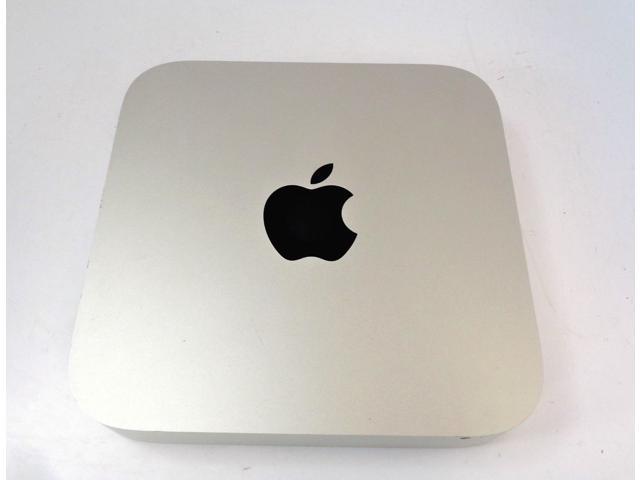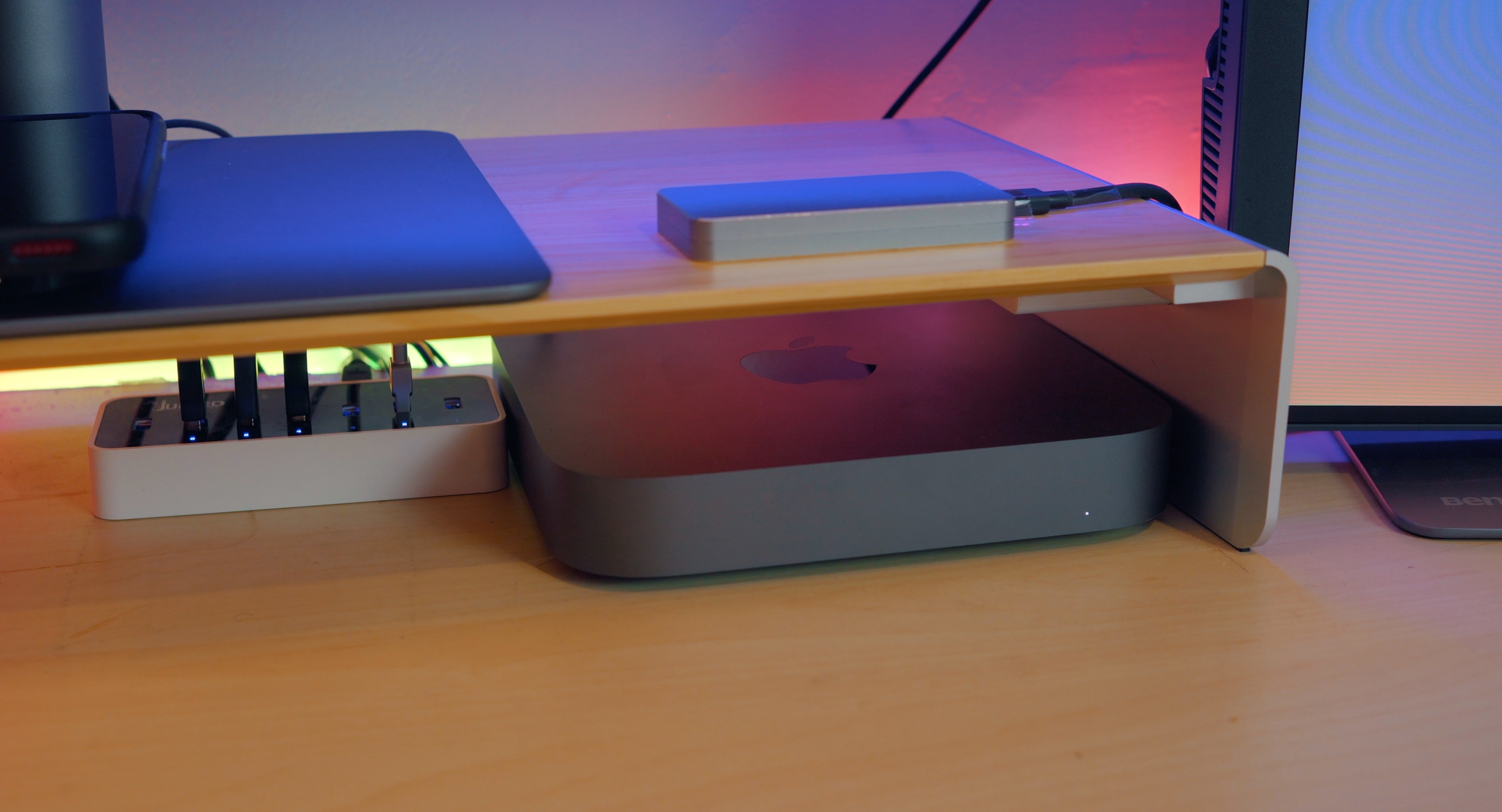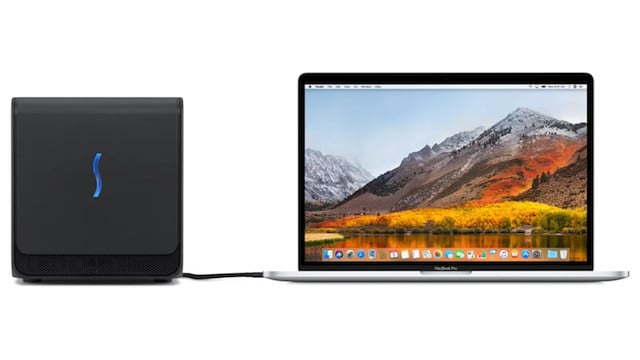

NOTE: “Paging” also helps when dealing with smaller amounts of RAM.
#Mac mini 2012 for video editing mac
Intel-based iMacs and Mac Pros are still better for this than current M1 chips – though, again, that will change as Apple releases more of the M1 chip family in future computers. While it is possible to hit the wall with a 16 GB system, especially when running multiple applications at the same time, or editing large-frame size, high-frame rate HDR media, keep in mind, again, that these initial systems are not designed for high-end video editing. The key to video editing performance is the speed of our storage, even more than the amount of RAM or the speed of the CPU. NOTE: While the new M1 systems are very efficient with RAM, I would still recommend getting a system with at least 16 GB of RAM for editing media. It may contain less RAM but it can hold more data. This speeds performance, while decreasing the amount of RAM needed for each application. This is a giant puddle of RAM which every component in the computer can access without first duplicating the file. However, a video editing program never loads the entire clip – it only loads a few seconds or so as needed – simply to preserve RAM for other tasks. So, a file that may not take much space on your hard disk can explode in size once it is stored in RAM. Video NLEs can only edit uncompressed media. NOTE: It is worth noting that when a compressed file, like H.264, is loaded into RAM it is also decompressed. These duplicated files took up a lot of space. This meant that the same file often needed to be duplicated in RAM – one in Intel format, another in AMD format and so on. In the past, when Apple combined CPUs from Intel, GPUs from AMD and RAM from, um, RAM suppliers, each vendor had its own way to store data. But as frame sizes exceeded 4K, frame rates increased and we moved to HDR (high-dynamic range) media, Apple recommended expanding the RAM to 32 GB, or more. In the past, Apple recommended that, when editing HD (high-definition) media, 16 GB was an appropriate amount of RAM. It’s this integration that makes planning very different as we think about our next computer system for media editing. But the heart of the system is this single SoC, designed by Apple and tightly integrated for performance. NOTE: Well, OK, that’s an overstatement a computer consists of many, many different chips.

CPU, GPU, RAM and all the supporting chips needed to make the computer work are all combined together in one place. It is an entire computer system on a single chip – called a “System-on-a-Chip” (SoC). The second key thing you need to understand about the M1 is that it is not a CPU. Their focus is on the user experience, system integration and performance. Apple has never been about providing the lowest price. Why will performance improve? Because there is absolutely no reason for Apple to make the immensely difficult switch to new computer technology unless there were striking benefits to the new gear.

In other words, while the system design will probably remain consistent between chips, the specifications and performance will continue to improve. Future computers will use newer versions of this architecture. Apple has promised all of its computers will transition to Apple-designed chips over the next year or so, but only the first ones will use the M1. This first iteration of Apple-designed chips is called the “ M1.” And this is the most important point: The M1 represents the start of a new architecture.

#Mac mini 2012 for video editing how to
NOTE: Here are my thoughts on how to configure the new 24″ M1 iMac for video editing. But these new systems upend the established rules for how to configure a computer system for media editing.īecause I frequently give guidance on how to spec a computer, I wanted to find out the “new rules” when considering these systems. Most of us have heard of Apple’s transition from Intel CPUs to its own Apple silicon.


 0 kommentar(er)
0 kommentar(er)
